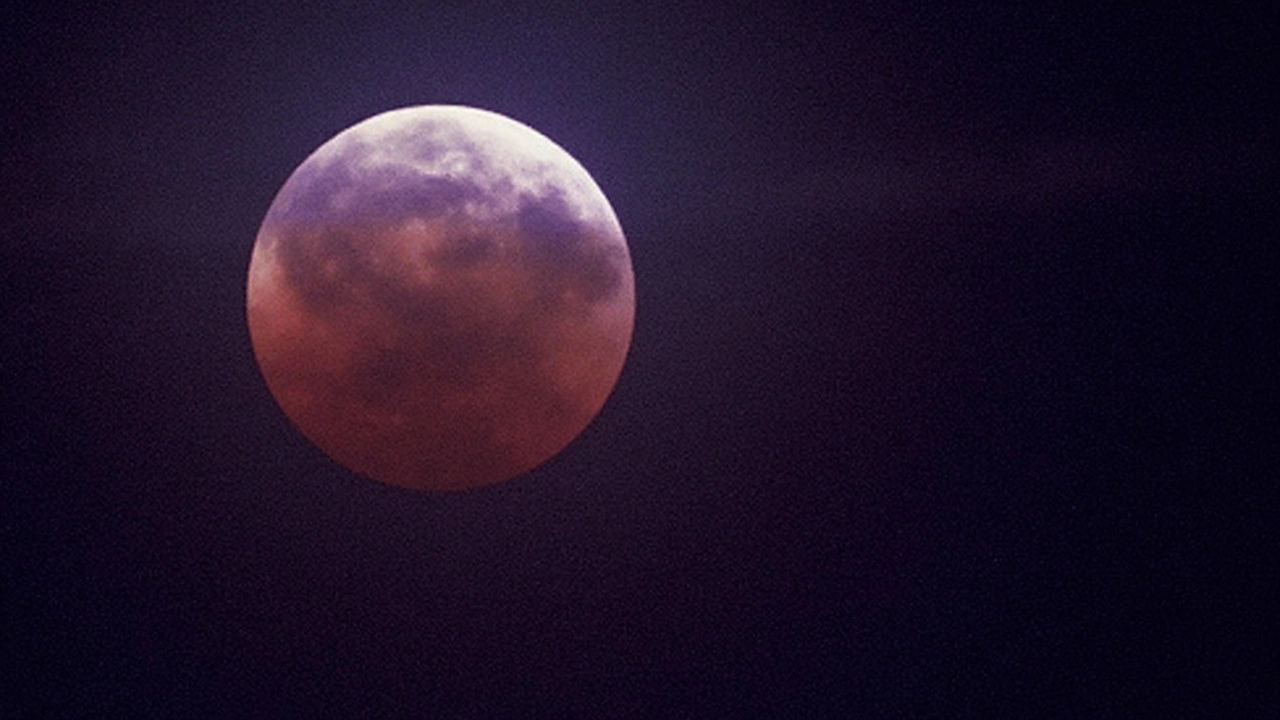How to Make Sense of the Weather Forecast
Ever glance at the TV or a phone app and wonder what the jumble of symbols really means? You’re not alone. A good forecast tells you when to grab a coat, when to plan a picnic, and when to expect a traffic jam. Let’s cut through the jargon so you can use the forecast like a pro.
Key Terms You’ll See Every Day
Most forecasts break down into a few core ideas: temperature, chance of rain, wind, and the overall weather type (sunny, cloudy, etc.). Temperature is usually given as a high/low range for the day. The rain chance, shown as a percentage, tells you the likelihood of any measurable rain—think at least 0.1 mm. Wind speed comes in miles per hour or kilometres per hour; a strong wind can feel much colder than the temperature suggests. Finally, look for the weather symbol: a sun for clear skies, a cloud for overcast, and a raindrop for showers.
Reading the Forecast for Your Area
In the UK, weather can change a lot even within a few miles. That’s why most services let you zoom into a town or postcode. Check the short‑term outlook (today and tomorrow) first, then glance at the 3‑day and 7‑day panels. If the short‑term shows a high rain chance and the longer view shows dry conditions, you might only need an umbrella for a brief spell.
Pay attention to the “feels‑like” temperature. It mixes actual temperature with wind chill or humidity to give a more realistic sense of comfort. A day that feels like 5 °C when the thermometer reads 8 °C probably has a decent wind chill, so dress warmer than you think.
Another useful feature is the “hourly” breakdown. It shows exactly when rain is expected, which helps you plan a commute or a run. If rain is forecast at 2 pm but you have a lunch at 12 pm, you can still enjoy a dry break before the shower hits.
Don’t forget the warning alerts. When a severe weather warning pops up—like heavy rain, snow, or strong wind—take it seriously. It often means road closures, train delays, or dangerous conditions, and the forecast will tell you how long the warning is expected to last.
Now that you know the basics, try a quick test: pick a day next week, look at the forecast, and then check the actual weather at night. You’ll see how accurate the prediction was and get a feel for the local pattern. Over time you’ll learn which sources are most reliable for your region.
Bottom line: a weather forecast is a tool, not a guarantee. Use it to plan, but stay flexible in case conditions shift. Keep an umbrella in your bag, a light jacket in your car, and a sunny‑day smile on your face—no matter what the sky decides.

Weather Outlook for the Blood Moon Eclipse This Thursday
The Blood Moon lunar eclipse will be visible across most of the U.S., with clear skies forecasted for many regions. However, cloud cover might affect viewing in the Northeast, mid-Atlantic, and northern Plains. Metro Atlanta could see intermittent clouds, while Philadelphia may have partly cloudy skies. It's best to choose spots with reduced light pollution for a better view.
View more